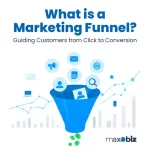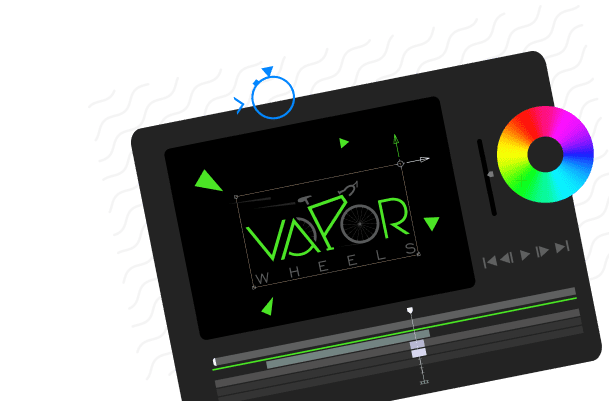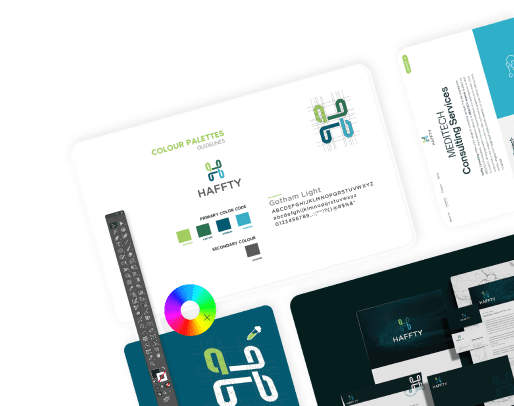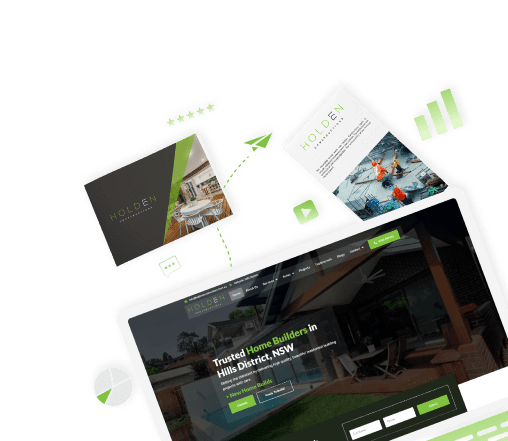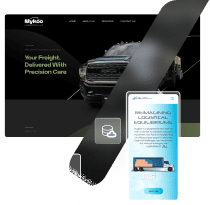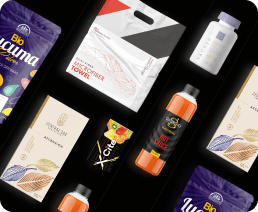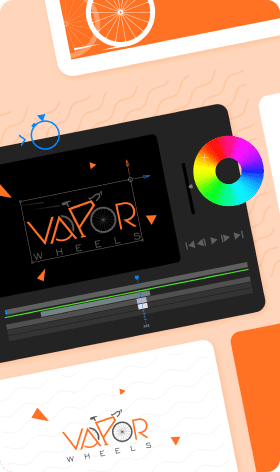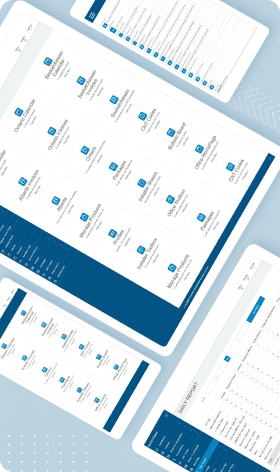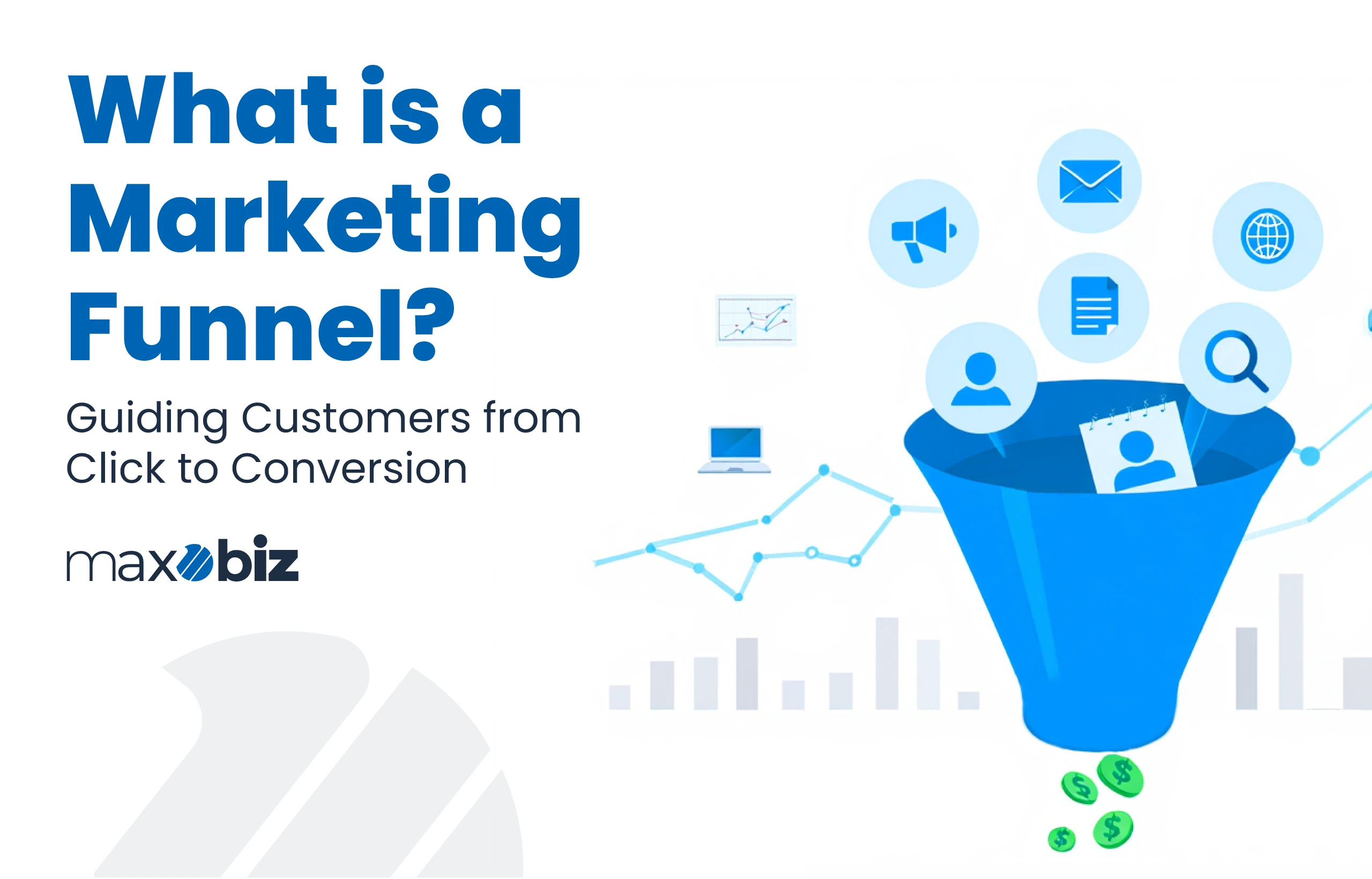Every business engages with its customers through a strategic approach. This includes introducing potential customers to products or services and encouraging them to return. This methodical customer journey is known as the marketing funnel. In digital marketing, businesses guide customers through various funnel stages — such as awareness, interest, decision, and action — to drive engagement and conversion.
Maxobiz is your trusted marketing partner. As a leading marketing agency providing digital marketing services, we implement effective marketing funnels tailored to your strategy. Still, it’s important to clearly understand the question: What is a marketing funnel in digital marketing? In this guide, we’ll break down the concept, explain its stages, discuss its importance, and share popular models based on a proven digital marketing strategy framework.
What is a Marketing Funnel?
In digital marketing, the marketing funnel represents the journey potential customers take — from becoming aware of a brand to making a purchase. Picture a funnel: it’s wide at the top, capturing a large number of potential customers (awareness), and narrows toward the bottom, where only the most engaged prospects convert into buyers (action). This structure reflects the filtering process in marketing strategy.
Understanding the marketing funnel is essential for business growth. It helps increase conversions, generate qualified leads, and drive repeat purchases.
The Stages of a Digital Marketing Funnel
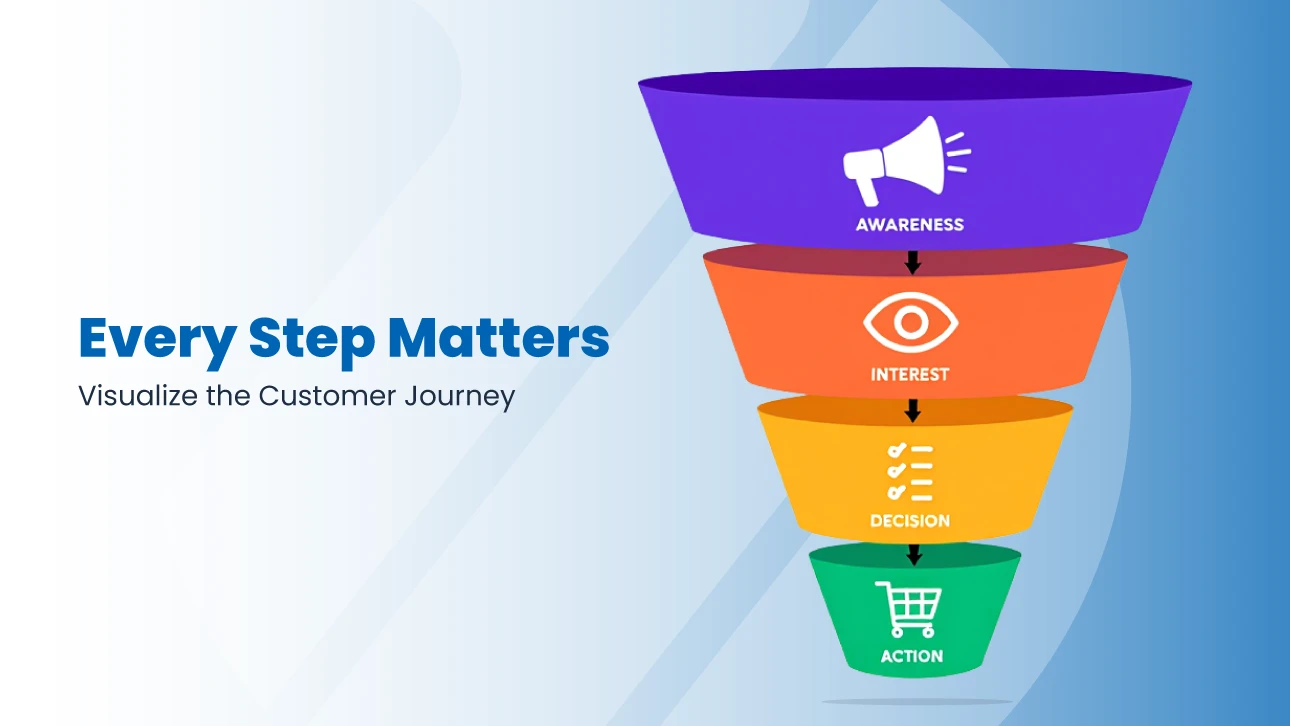
The question “What is a marketing funnel?” is best answered by examining its stages. Each stage is vital in guiding the customer along their journey.
Awareness
This is the top of the funnel, where customers first discover your brand. They might come across your product or service via content marketing, paid ads, or email newsletters. At this stage, your goal is to attract attention by presenting your offerings clearly and compellingly.
Interest
At this stage, potential customers are exploring your products and showing genuine curiosity. Keep them engaged using blog posts, educational content, customer reviews, and SEO strategies that speak to their needs.
Decision
Here, customers are weighing their options. They might compare reviews, testimonials, or case studies. Positive social proof and clear value propositions can help tip the scale in your favor.
Action
This is the final step — where the visitor becomes a customer. Encourage the purchase through strong calls to action, limited-time discounts, or special offers.
Importance of the Marketing Funnel: What is Funnel in Marketing
As mentioned earlier, the funnel is a visualization of the buyer’s journey. It’s important because it provides a structured path that turns strangers into paying customers.
Here’s how a marketing funnel benefits your business:
Nurture Leads
Marketers deliver relevant information at every funnel stage, ensuring customers feel informed and valued. This builds trust and encourages repeat purchases — the key to long-term growth.
Optimize Conversion Rates
By addressing customer pain points on blogs and landing pages and aligning solutions with their needs, you significantly increase the chances of purchase. An effective funnel is optimized to boost conversion rates.
Improve Marketing ROI
A strategic funnel helps businesses focus on high-potential leads. This ensures better resource allocation and maximizes return on investment (ROI).
Measure Marketing Efforts
The marketing funnel enables performance tracking at each stage. It highlights which strategies are working and which areas need refinement — helping you make data-driven decisions.
Common Marketing Funnel Models
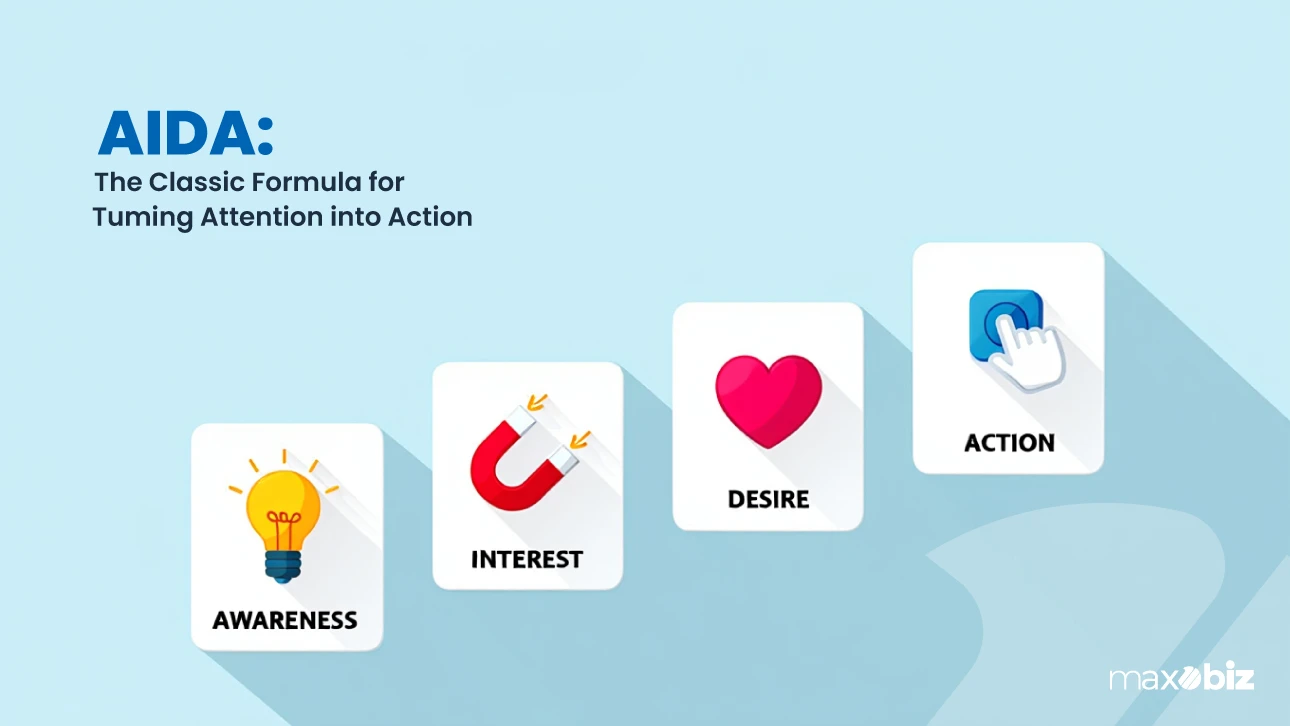
To further understand “What is a marketing funnel?” let’s explore some proven models used in the industry.
AIDA
The AIDA model — Awareness, Interest, Desire, Action — walks customers through a psychological journey toward a purchase. It’s a time-tested model and easy to implement in digital campaigns.
TOFU-MOFU-BOFU
This approach adds more depth:
- TOFU (Top of Funnel): Focuses on brand awareness and attracting new prospects.
- MOFU (Middle of Funnel): Aims to educate and nurture leads.
- BOFU (Bottom of Funnel): Encourages conversions and drives sales.
How to Build a Successful Marketing Funnel

Want to create a high-converting marketing funnel? Follow this step-by-step plan:
Identify Your Target Audience
Start by identifying your ideal customers. Broad targeting leads to diluted results. Focus on the right audience to turn visitors into paying customers efficiently.
Create High-Quality Content
Engage your audience with blog articles, attractive CTAs, educational videos, and interactive content tailored to each funnel stage.
Utilize SEO and SEM
Search Engine Optimization (SEO) helps you rank for the keywords your audience uses. Combine this with Search Engine Marketing (SEM) — like paid ads — to reach more potential customers. To reach more potential customers, pair paid ads with professional SEO services that help you rank for the terms your audience is searching.
Run Online Campaigns
Use platforms like Facebook, Instagram, and LinkedIn to launch ad campaigns that boost awareness and drive traffic with a comprehensive digital marketing strategy.
Implement Marketing Automation
Use CRM tools and email marketing automation to nurture leads efficiently and ensure timely follow-ups.
Measuring and Optimizing Your Marketing Funnel

Creating a funnel is only the first step — the real value lies in continuous optimization. Regular analysis helps you identify bottlenecks and unlock growth opportunities.
Key Metrics to Monitor:
- Conversion Rate: Percentage of leads who become customers.
- Click-Through Rate (CTR): Measures engagement and ad effectiveness.
- Bounce Rate: Indicates if users are leaving without interacting — a sign of weak content or UX.
- Customer Lifetime Value (CLV): Reflects the long-term value of each customer to your business.
Pitfalls in Marketing Funnel Strategies

Avoid these common mistakes that can derail your funnel’s effectiveness:
Loss of Leads
Losing leads can result from poor UX, unresponsive websites, or irrelevant content. Explore our UX design services to ensure your funnel is user-friendly and your content resonates with your audience.
Ineffective Content Strategies
Using vague or untargeted messaging will fail to engage prospects. Tailor your content to address customer needs, pain points, and decision-making criteria.
Choose Maxobiz and Drive Real Growth
At Maxobiz, we work at every stage of your marketing funnel to drive tangible results. Our services include:
- Creating impactful content that boosts awareness and positions your brand effectively.
- Leveraging blogs, reviews, and landing pages to build trust and interest.
- Using persuasive case studies and social proof to influence buyer decisions.
Conclusion
In conclusion, having a deep understanding of what a marketing funnel is is vital for any business aiming to grow. A well-structured funnel not only helps attract and convert leads but also enhances the customer experience and marketing ROI.
Whether you adopt the AIDA framework or the TOFU-MOFU-BOFU model, ensure your funnel aligns with your audience’s journey. With the right strategy and continuous optimization, your business can achieve sustained growth and higher conversions.

